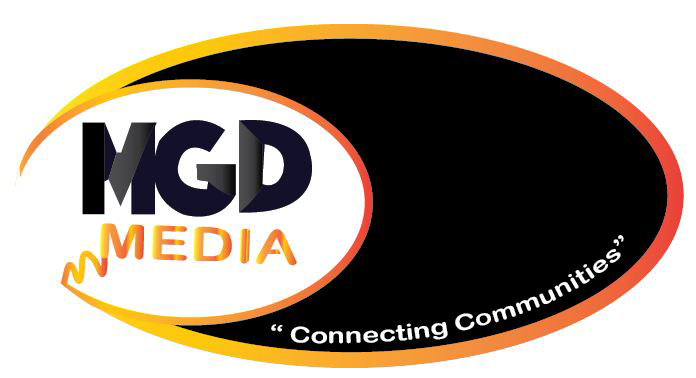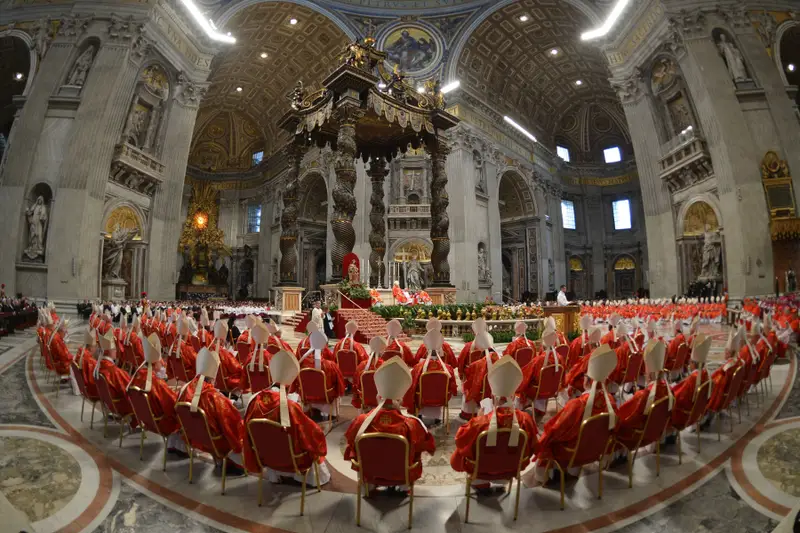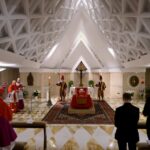The death of Pope Francis has plunged the Vatican into a period of solemn mourning and activated one of the world’s oldest religious succession processes a centuries-old conclave that will soon choose the next leader of the Catholic Church under intense global scrutiny.
As bells tolled and prayers echoed across St. Peter’s Square, the Vatican on Monday entered a historic and emotional phase known as the “Papal Interregnum,” following the death of Pope Francis, 88, from a stroke and heart failure at his residence in Casa Santa Marta.
This period, defined by both tradition and quiet urgency, marks the end of one papacy and the beginning of another. The late pontiff’s passing has set the stage for a conclave that will determine the future direction of the Roman Catholic Church at a time of global change and internal reflection.
Cardinal Kevin Farrell, born in Dublin and later a U.S. citizen, has taken temporary charge of the Vatican as camerlengo. In keeping with tradition, he sealed the papal apartment in the Apostolic Palace a symbolic act marking the close of Pope Francis’ pontificate, though Francis himself never resided there. This gesture historically served to protect the Pope’s belongings, and today signifies the Church’s passage into mourning and transition.

The coming days are scripted by centuries of ritual. The Novendiales nine days of mourning will include Pope Francis’ funeral, likely taking place between the fourth and sixth day after his death. Before that, the Pope will lie in state at St. Peter’s Basilica, expected to begin Wednesday, allowing the faithful to pay final respects. The scene is expected to mirror 2005, when millions waited for hours to honor Pope John Paul II.
Behind the scenes, the Church prepares for conclave the secretive, sacred process by which a new pope is elected. Only cardinals under the age of 80 are eligible to vote, and 136 of them must now make their way to Rome. Tradition holds that the conclave must begin between 15 and 20 days after the Pope’s death, though it could start earlier if all electors are present.
The Sistine Chapel will once again become the spiritual and political heart of Catholicism. Voting occurs by paper ballot under Michelangelo’s frescoed ceiling, with up to four rounds a day. If no candidate reaches a two-thirds majority, the process continues punctuated by daily chimney smoke signals: black for no decision, white for a new pope.
Once a candidate secures the necessary votes, he becomes pope almost always a member of the College of Cardinals. Within an hour of white smoke, the new pope traditionally emerges on the balcony of St. Peter’s Basilica to deliver his first blessing and introduce himself to the world.
This conclave, like those before it, will be closely watched. The Church’s next leader must confront mounting challenges from the clergy abuse crisis and declining religious participation in the West, to pressing calls for reform on gender roles, governance, and modern moral issues.
Francis himself was a reform-minded outsider the first Jesuit pope, the first from the Global South, and the first non-European in more than a millennium. His successor will inherit both the vision he shaped and the complexities he left unresolved.
As millions grieve and cardinals prepare, the world waits not just for a name, but for a signal of where the Church is heading next.







